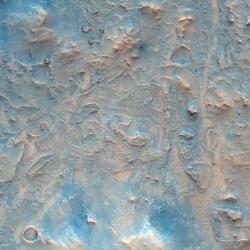Solar radiation
The full solar spectrum and its variability during a solar cycle, only measurable from space, are fundamental for the solar physics, the Earth’s climate and atmospheric chemistry.
BIRA-IASB contributes to the understanding of the Sun-to-Earth link by:
- developing instrumentation to measure the spectral shape of sunlight and analyzing the instruments' observations
- examining the solar radiation and its penetration to the surface of the Earth
as well as the long-term changes of these two parameters.
We are proud to present a new introductory film, in which the Royal Belgian Institute is being presented in all its facets. Discover the many fields of research and societal challenges in which the Institute is active.
Consequences of increasing biologically active UV and space radiations, with significant implication for human health, plants and ecosystems, like cancers and cellular dysfunctions.
September 2 marked the two-year anniversary of PICASSO’s launch, the first CubeSat mission of BIRA-IASB.
The Space Pole in Uccle opens its doors to the public on September 24 and 25, 2022.
Two Belgian CubeSats, PICASSO (from the Royal Belgian Institute for Space Aeronomy) and SIMBA (from the Royal Meteorological Institute) were launched simultaneously with about 50 tiny satellites, on board Europe’s inaugural Vega SSMS flight.
The SOLAR instrument will dive back to Earth on Monday, January 13 2020 to burn up in the atmosphere over the Pacific Ocean.
Precise measurement of the solar spectrum outside the atmosphere and its variability.

